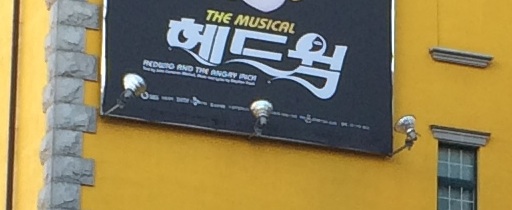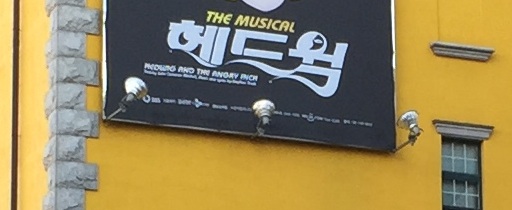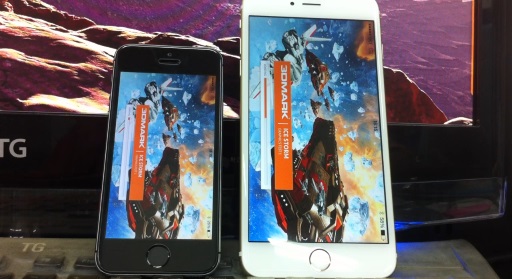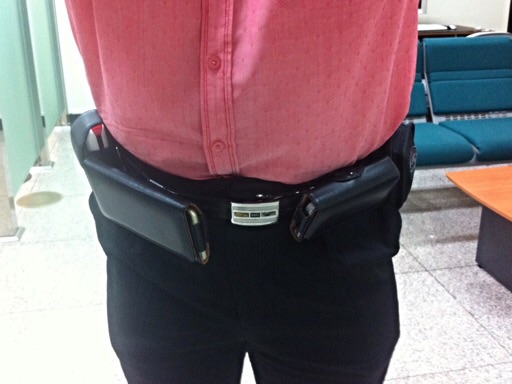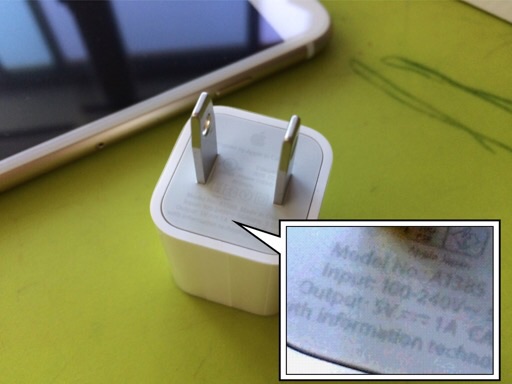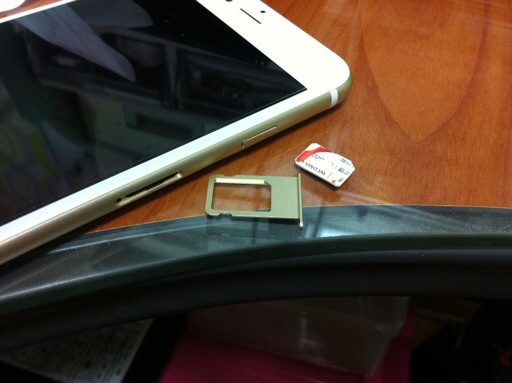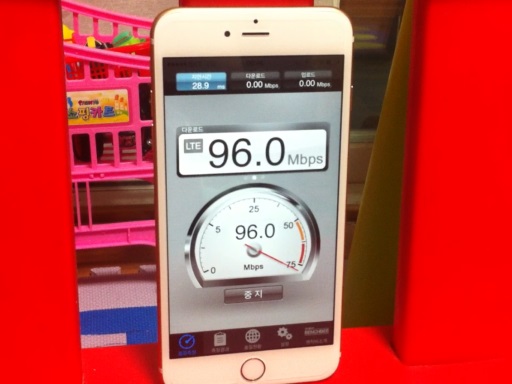iPhone 6 Plus - Camera's Speed
Posted by Wesley on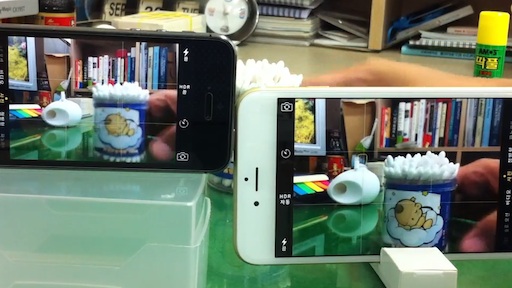
iPhone 6 Plus (right) already in focus while iPhone 5S struggles (left)
Earlier, I've looked at how iPhone 6 Plus improved upon the image quality of the iPhone 5S. But it's not just the end result that's gotten better, but the process to get there, as well. Apple takes the whole photographing experience very seriously. One of the major improvements come in the form of the so-called "Focus Pixels", a marketing term for phase detection autofocus.
Traditionally, casual cameras employed contrast detection, which tries to pick out where the highest contrast difference between the pixels happens. Meanwhile, film cameras & DSLRs used the phase detection, which has the light from the subject split into two and tries to find where they become in-phase. The latter works well with continuous autofocusing, as well as in darker environments where contrast is less distinct.
In practice, the Focus Pixels provides the much-needed speed and accuracy improvements to the iPhone's autofocus. As you can see in the picture and the video above, iPhone 6 Plus locks onto the foreground subject's focus very fast and continuously. In contrast (no pun intended), iPhone 5S often does not respond to the movements of the foreground object.
When the iPhone 5S does detect the changes, the camera needs to move the focus back and forth, taking more time to find the right focus. In my experience with all the iPhones up to 5S, this occasionally results in focusing onto a wrong subject, even when I specifically selected the subject on the touch screen. This annoyance is no more on the iPhone 6 Plus.
What this means is that I'm now far less likely to have an out-of-focus snapshot even in a hurry. And I don't have to tell the iPhone to focus on something as often. A true "point and shoot", if you will.
